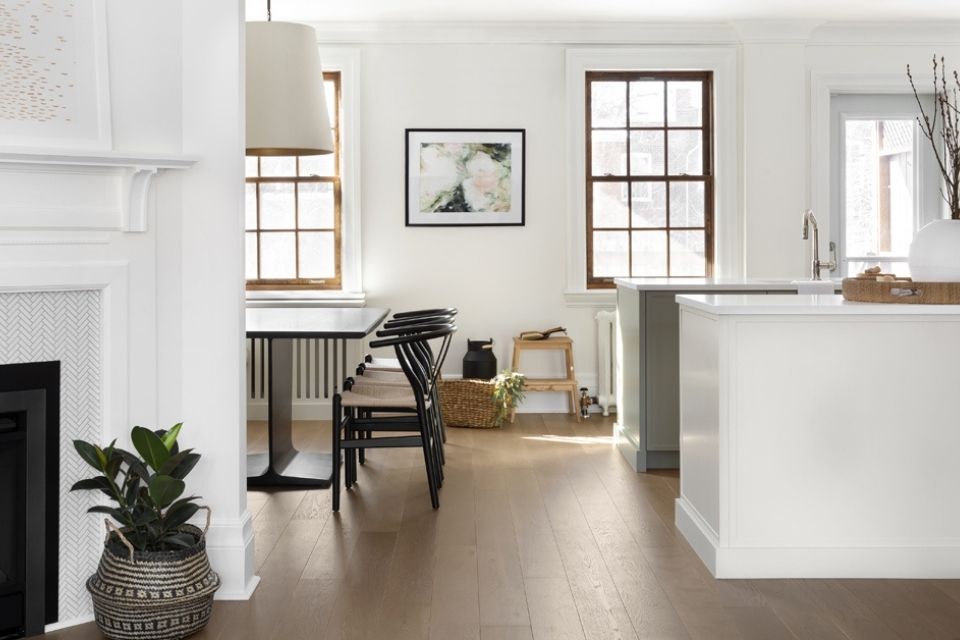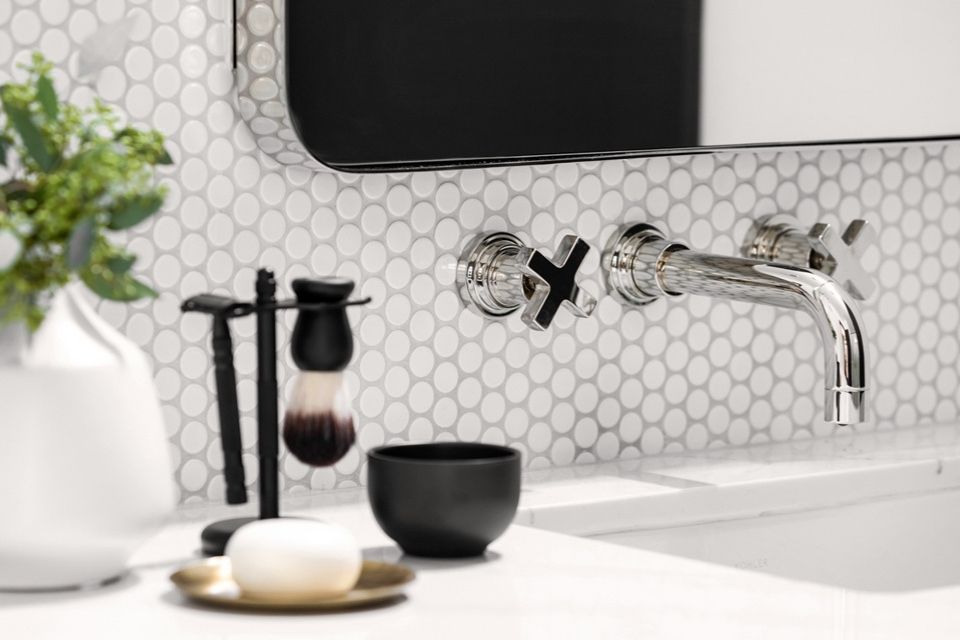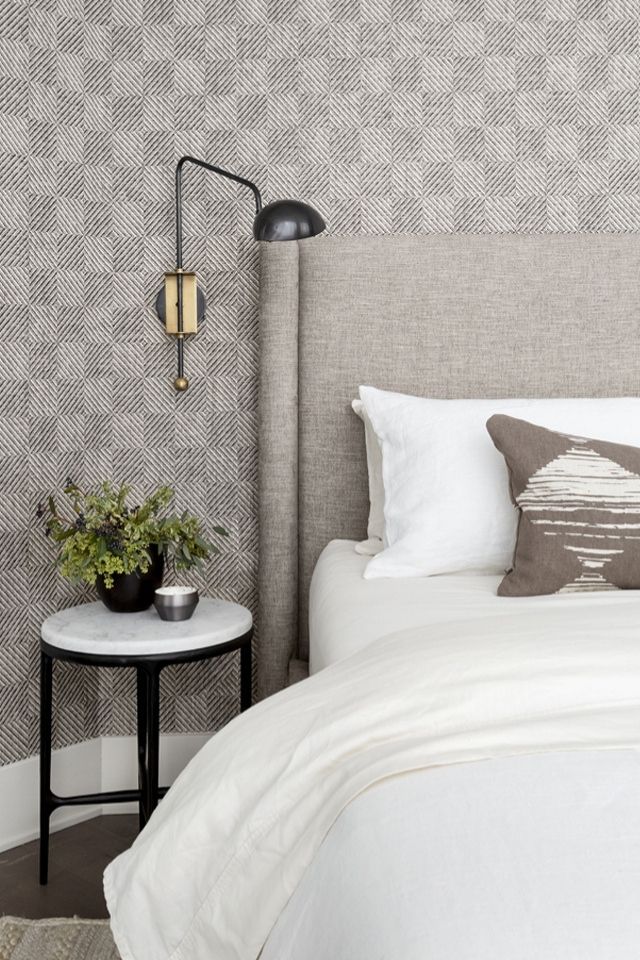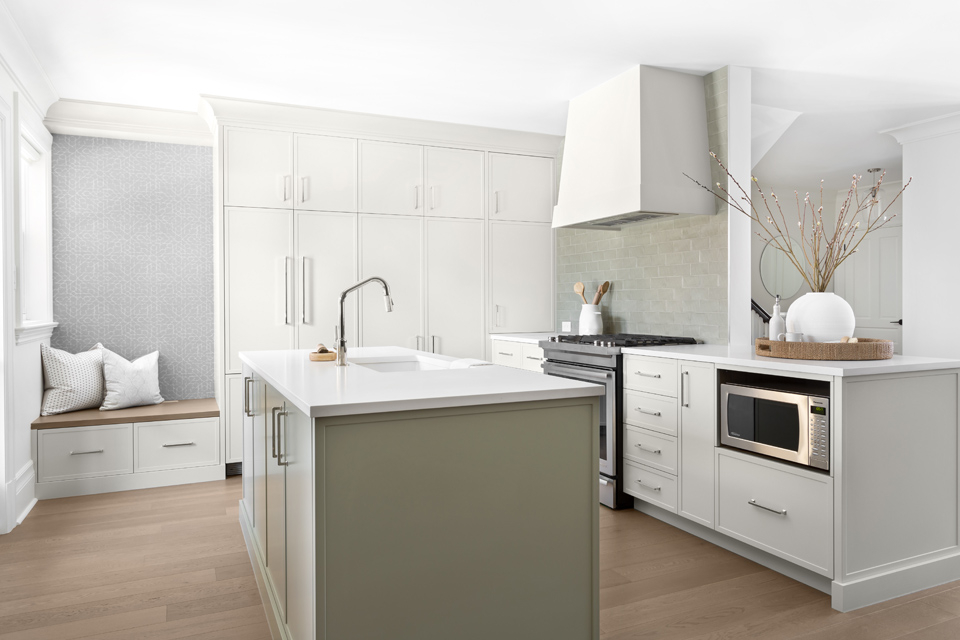Navigating a Smooth Renovation
Dec 31, 2020 | Carpet One Floor & Home
If you’re inspired to do a little home improvement (or a lot!), you’re not alone. Social distancing at home has inspired many makeovers, updates, upgrades, and full-on renovations. Admit it: spending all this time at home has highlighted one or two things you don’t love about the place, or that don’t suit your lifestyle. We like to call this “wasted space.” You likely have some big ideas on how to take your property up a rung or two, and we’ll be the first to admit that a home renovation is a great way to climb the property ladder!
Before you start swinging your sledgehammer, know what you’re getting yourself into. A renovation means there will be dust, and you can count on disruption and inconvenience, but remember: it’s only temporary, and hopefully the result will be worth all the effort. In our business, we’ve seen some incredible home renovations, but it’s not always a smooth process at every turn. Here are some lessons that we’ve learned along the way. Read on, and take it from a pro!

The Plan
In all honesty, your plan is the most important part of your renovation project and 100 percent of it comes from you—the client. Nobody can tell you what you and your family want or need in a home, but we can help you figure it all out. Before you order materials or start to work, determine the answers to these key questions: What would you like to achieve with this renovation? What’s on your “must-have” list versus your wish list? Do you need to accommodate a growing family or new functions within the existing space? Perhaps you require a home office, another bedroom, or you wish to boost resale value by modernizing your home. Set goals for the space and consider what you’ll need to make them a reality. As design professionals, our job is to help bring your vision to life based on your plan, budget, and timeline.
The Budget
Ideas are just pie in the sky, but things take a very real turn when you start talking budget. Depending on the scope of work, your renovation could cost tens or even hundreds of thousands of dollars. Most renovations fall into one of two categories: those where finances define the project, or those where needs define the project. Either way, the budget always plays into the overall plan.
As designers, we aim to arm the contractor with as much information as possible up front, to ensure an accurate quote in terms of price and timeline. We go as far as completing the entire design before we implicate the contractor in any way. We produce full construction drawings, draft cabinetry elevations, and select all finishes, right down to the hardware and any other small details that should be included in the scope of work and price quote. This is where all our efforts in the planning process will pay off. Designers understand the process and exactly what needs to be included in terms of labor and material, so part of our job is to help determine all costs before any commitments are made.

When you’re ready to start sourcing renovation professionals to do the work, get quotes from a few companies that specialize in the type of work you are planning: kitchen, bathroom, additions, exterior work, and so forth. Determine what services they each offer and what they charge, and ensure you’re comparing apples to apples. Design firms have all these resources at their fingertips, so this is a consideration for someone who has no renovation experience or inclination. If you’re project managing yourself, get referrals, check references, and do your due diligence to ensure you’re hiring the right company for the job.
At some point during the course of the renovation, you’re likely to encounter a few unexpected surprises (to put it nicely). For example, you’re planning to remove a wall but find ventilation or plumbing stacks—surprise! For most property planned projects, a 10% contingency fund should suffice to cover these unpredictable finds.
Now, don’t confuse your contingency fund with an “upgrades and revisions” fund. Your contingency does not cover changes and upgrades that you decide to make along the way, such as a more-expensive marble mosaic or higher-end appliances. In that case, your buffer would be much higher than a mere 10%. Remember that the literal definition of “contingency” is an unforeseen event or emergency, so this fund should be reserved for those cases only.

Renovations have a bad reputation for always coming in over budget, but planning ahead holds you and your contractor accountable. If all the details were confirmed in the pre-agreed upon scope of work, there’s no chance of missed items surfacing and eating up your budget midway through the work.
If you are making changes, be aware they they can impact your budget in terms of not only material costs, but also labor costs. Are you installing a basic 12-by-24-inch porcelain tile or a marble mosaic? Did you upgrade your standard drum shade pendants to an intricate chandelier? Did you decide to add heated flooring? Perhaps an integrated smart-home system? Upgrades such as these may require specialized installers and will likely be above and beyond your original estimate if they were not communicated to the contractor in advance.
The Timeline
Ensure the contractor’s scope of work includes a timeline, and have checkpoints along the way to stay abreast of any potential delays - and how to avoid them. Timing is critical in a home renovation, where the next job can’t begin until the first one has been completed. One delay could set off a chain of events that might put you weeks or even months behind schedule. Usually, once demolition has been completed, an experienced contractor should have a good idea of when to schedule the plumber, electrician, flooring installation, and painter, and when to plan for final delivery.

Once the construction starts, double-checking the design details along the way is essential. Let’s say you do everything right and select all of your materials in advance. You confirm a price and the start date with your contractor. It’s not enough to give the contractor all this information and cross your fingers, hoping that everything is understood. There are many moving parts in a home renovation and a huge margin for human error. It’s vital to have someone on top of it all to catch any issues that arise along the way.
At Hibou, we’ve developed a system that includes detailed checklists to review with the contractor at key points throughout the renovation, to ensure nothing slips through the cracks. We’ve perfected this internal process for our firm and have decided to share it with renovators to save them from making the same mistakes that we’ve encountered over the years. We recently launched an online webinar to teach homeowners and renovation professionals how to take control of their renovations and plan them successfully.

Tip: If you are managing the renovation yourself, always make sure to order product well in advance and inspect it upon receipt. The most tedious project delays happen when you can’t move forward because your trades are waiting on back orders or the replacement of a defective product.
Even a simple home renovation can be complicated and daunting—feelings that get amplified tenfold when you factor in the high cost of it all. There is no doubt that this process can be overwhelming, but it doesn’t have to be. Tap into a team of experienced professionals to shoulder the weight, from helping to identify your needs and wants, to determining what has to happen to bring your dream home to life. Selecting materials, sourcing products (and making the right decisions!) and executing the project is a dance of coordination and patience best left to a professional. A designer can perfectly choreograph your renovation project, without ever missing a beat.